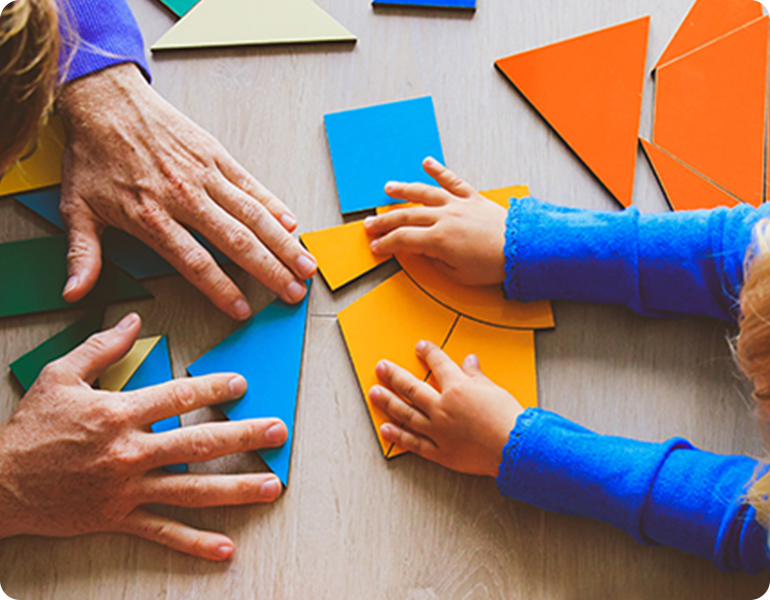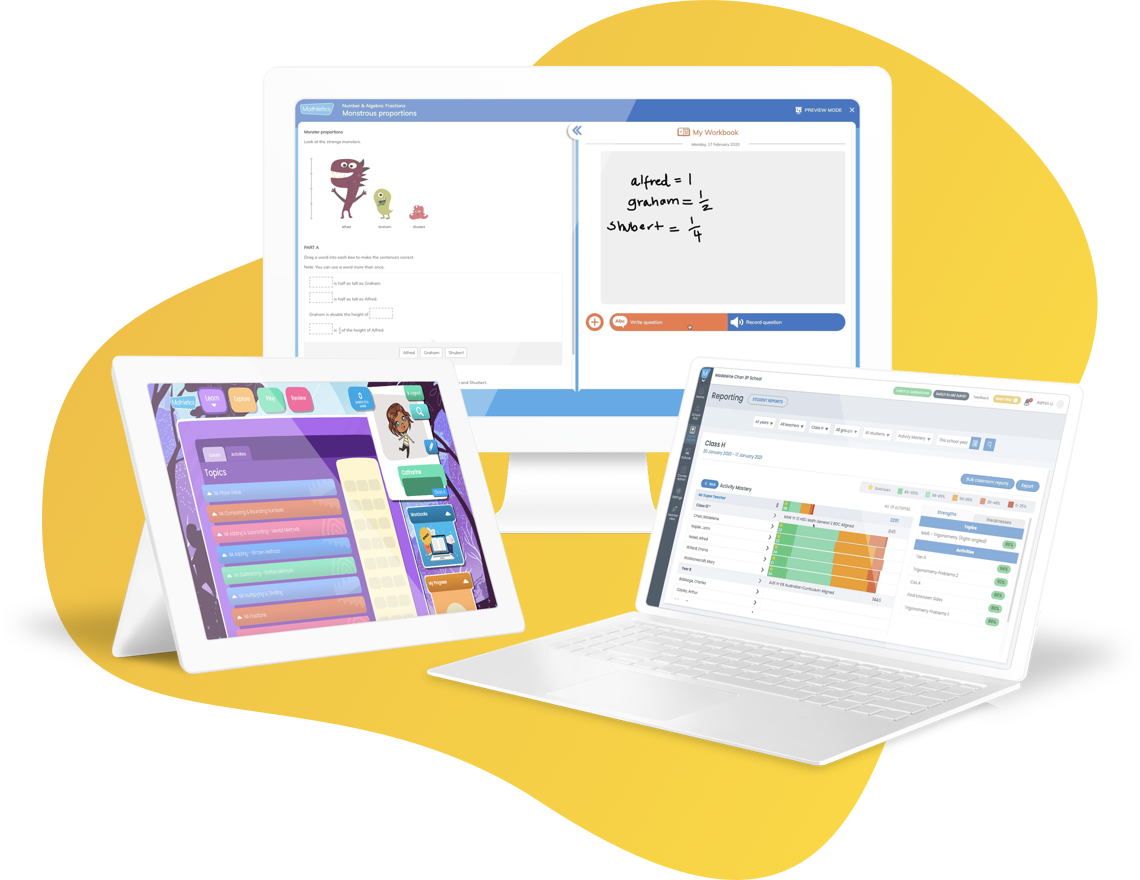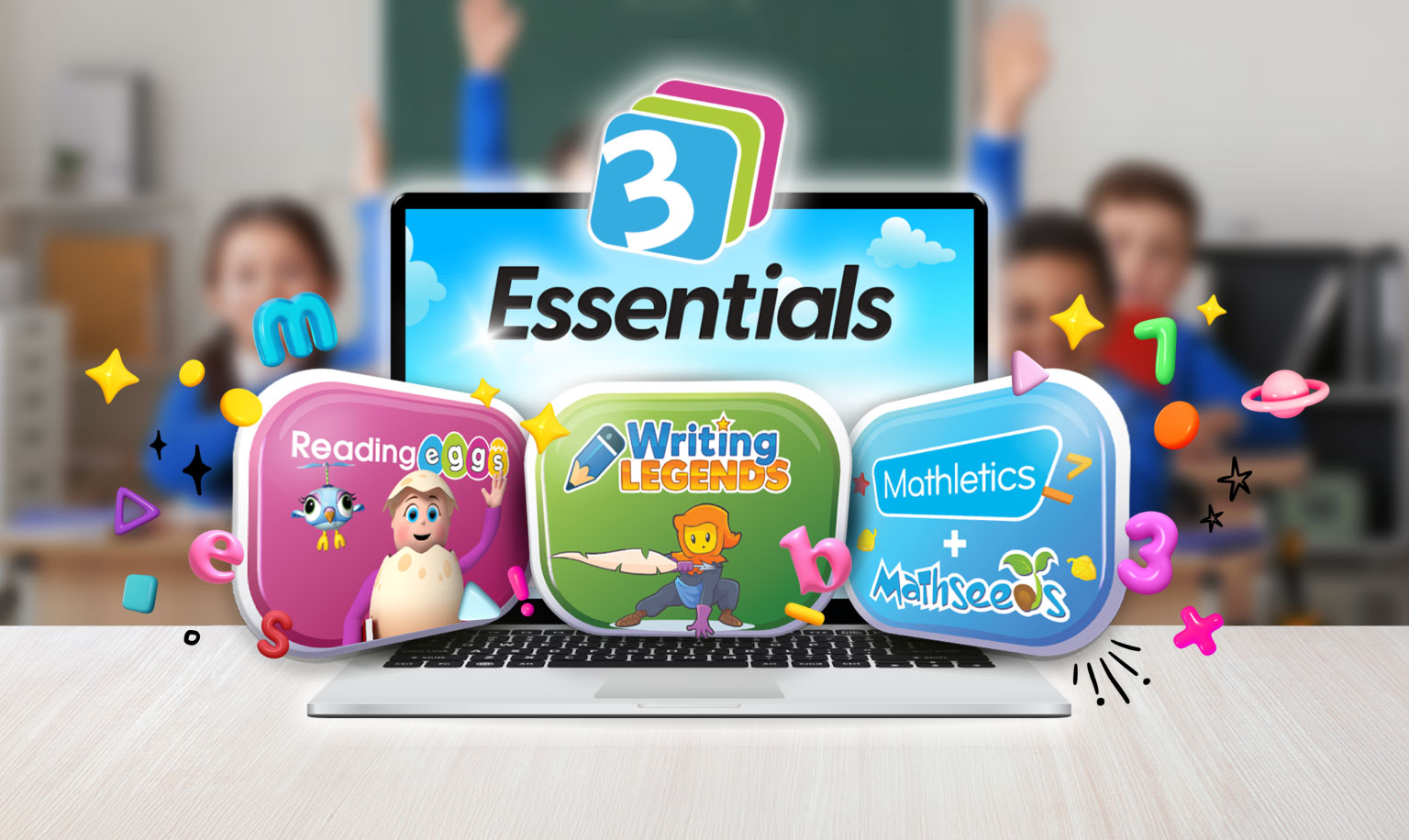
It’s important to start developing the basics of mathematical thinking from a young age to build confidence with number concepts and ease the transition to more formal learning strategies. Life can be hectic, however, and it can be tricky to fit mathematics into your child’s daily routine.
Every child can learn mathematics, and with these simple ideas it’s easy and fun to fit early numeracy ideas into your learner’s daily activities.
Activity 1 – Out and About: In the Car
Here are some ideas to bring mathematics into your car journeys
Car Colours: Ask your little one to spot cars of different colours, starting with easy colours and moving on to more tricky ones. Or challenge them to count 5 red cars, 5 yellow cars etc.
Number Plates: Can your child spot a specific number on a number plate? Start with single digits and then progress to 2-digit and 3-digit numbers. How many odd/even numbers can they find?
I Spy: Play this traditional game with shapes and colours … ‘I spy something round.’ ‘I spy something blue.’ To give an extra clue you could also count each one that you see.
Activity 2 – Out and About: Number Walk
Spotting numbers while you’re out and about is a great way to help your learner develop skills in recognising and naming numerals. Seeing numbers in real-life contexts will also show them why they need to learn about numbers and how we use them.
You will need:
- Pen
- Paper
- Clipboard
What to do:
The next time you go out, ask your child to spot as many numbers as they can. Write the numbers down as they see them or ask them to try writing them. Even if they aren’t yet able to write clear numerals, the act of ascribing a mark for each number is an important stage in early writing.
When you get home, have a look at all of the numbers you have collected. Ask your child to find a group of objects to represent the different numbers.
Talk:
- Where might we find some numbers?
- What numbers can you see?
- Can you find a number 3?
- Can we put the numbers in order from smallest to biggest?
- Is that one more than or less than the last number?
Activity 3 – Height Chart
A height chart is a great way to introduce the concept of measurement to your child. Use the height chart to teach them to compare heights, read a number from a tape measure, find the difference between heights, and order the heights of different people or toys. They will love seeing how much they have grown over time!
There are lots of ideas for homemade height charts online, or you could simply buy one.
You will need:
- A height chart
- A tape measure
- Something to record your child’s height with (a photograph/label/pen)
What to do:
- Decide how you are going to mark heights on your height chart. You could use a photograph with the date written on, write on the chart itself, or attach a label each time you measure.
- Explain to your child that you can use the height chart to see how much they have grown each month.
- Use the tape measure to demonstrate how the height chart shows the same measurement as the tape measure.
- Ask them to stand and mark their height and the date on the chart.
- Measure them again one month later. Talk about how much they have grown, whether they have got taller or shorter, and the difference in heights. For younger children, focus on whether the difference is large or small rather than using formal measurements.
What’s next?
- You could also use the height chart to measure a series of toys and objects. Ask your child to record their heights in their very own measurement book





